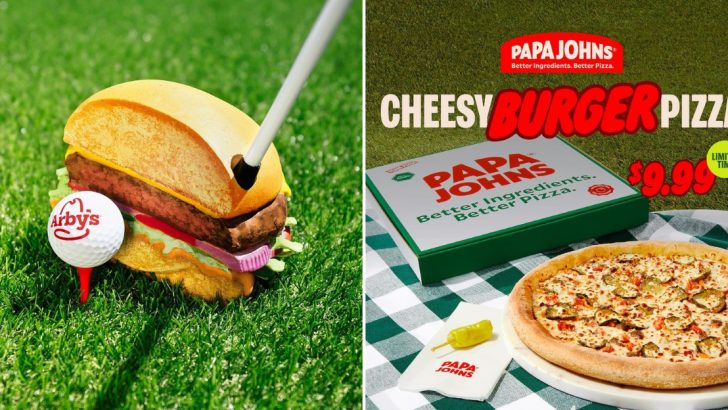In a world where fast food is supposed to be quick, cheap, and satisfying, some chains have decided to throw all that out the window and slap a premium price tag on… well, not much.
As someone with a discerning palate and a deep love for my wallet, I’m here to break down 28 fast food spots that just don’t live up to the hype — no matter how much their marketing team tries to convince you otherwise.
We’re talking about those places that, despite their fancy ads and glossy menus, leave you wondering if you’ve been bamboozled into paying more for less.
28. Carl’s Jr.
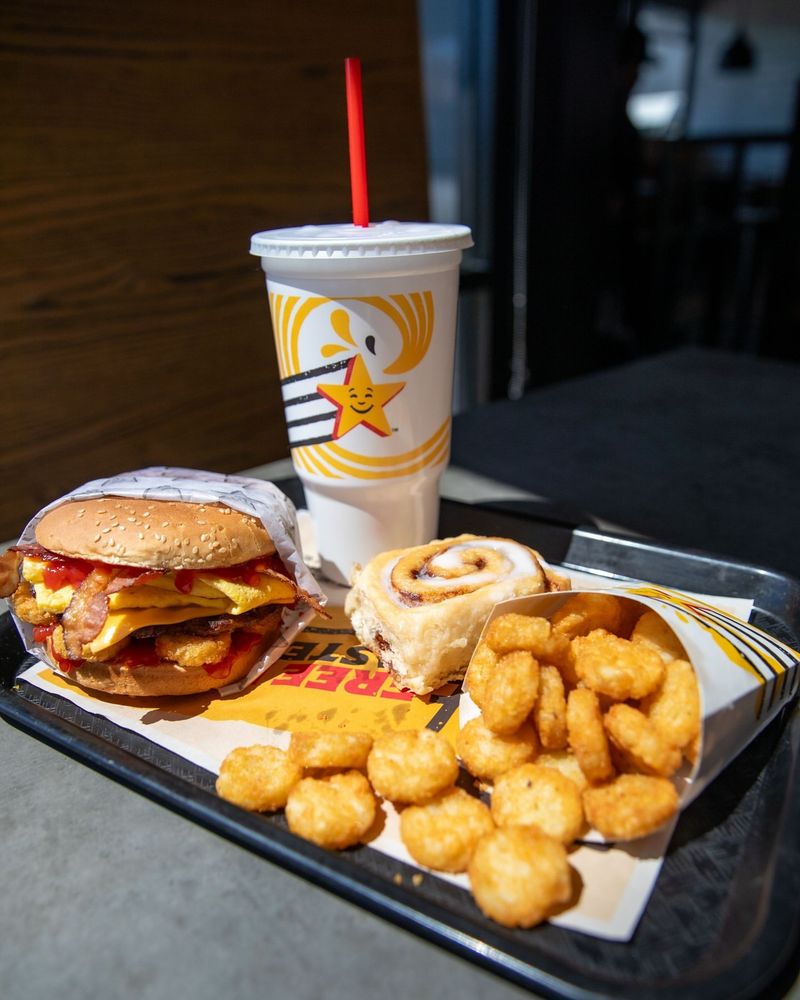
Carl’s Jr., known for its hefty burgers, often surprises customers with its premium pricing. The substantial portions are a draw, yet the cost can feel prohibitive for a fast-food experience.
The quality, while commendable, doesn’t always justify the high price point, leaving patrons questioning their choice for a quick meal. Sides and beverages sometimes amplify this cost dilemma.
For a chain that prides itself on indulgence, ensuring that pricing reflects both quality and quantity could be key to maintaining its appeal.
27. Pizza Hut
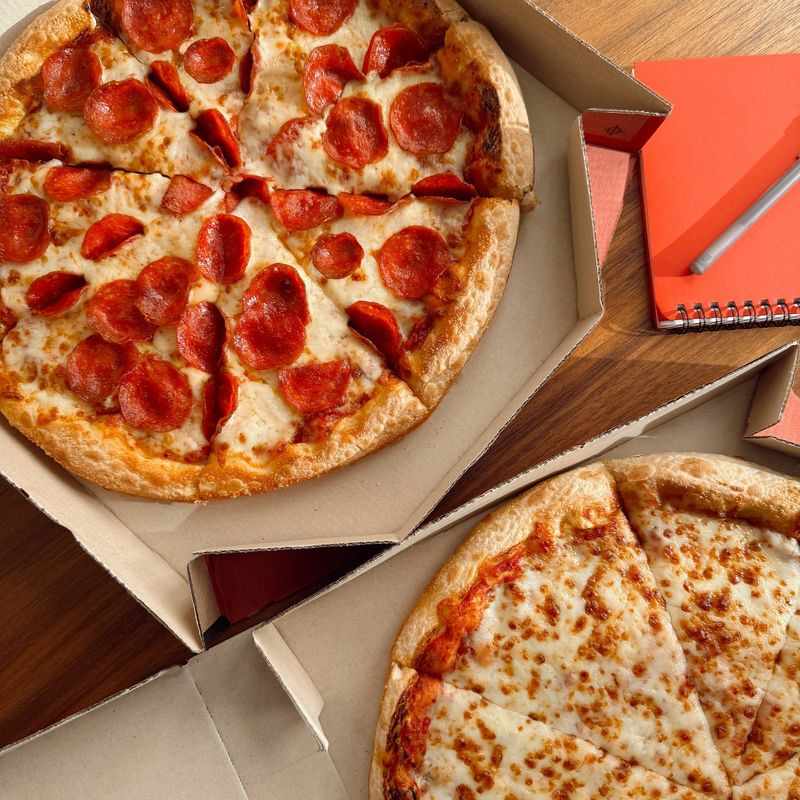
The “legendary” pan pizzas might sound like a deal, but honestly, you’re mostly paying for the Pizza Hut name, not the quality. The taste is decent, but when you can grab a better pie from a local pizzeria for half the price, it’s hard not to feel like you’re getting shortchanged.
The overall quality remains consistent, yet the pricing strategy might deter those seeking value alongside flavor. Special deals can alleviate this perception, but not entirely.
In the world of pizza, where every slice counts, ensuring that price reflects both taste and portions might be essential for Pizza Hut’s continued success.
26. Chick-fil-A

Chick-fil-A’s reputation for top-tier customer service doesn’t always compensate for its pricey menu. While their chicken sandwiches have a loyal fan base, the premium cost often eclipses the culinary experience.
Despite the brand’s unwavering popularity, the actual product occasionally leaves diners questioning the hype. The chicken, although tender, lacks the excitement expected at such a price point. Moreover, the limited variety can leave food enthusiasts yearning for more diverse options.
Ultimately, when cost and creativity diverge, even the friendliest service can’t bridge the gap. It’s a conundrum that might prompt patrons to reconsider their loyalty.
25. Subway
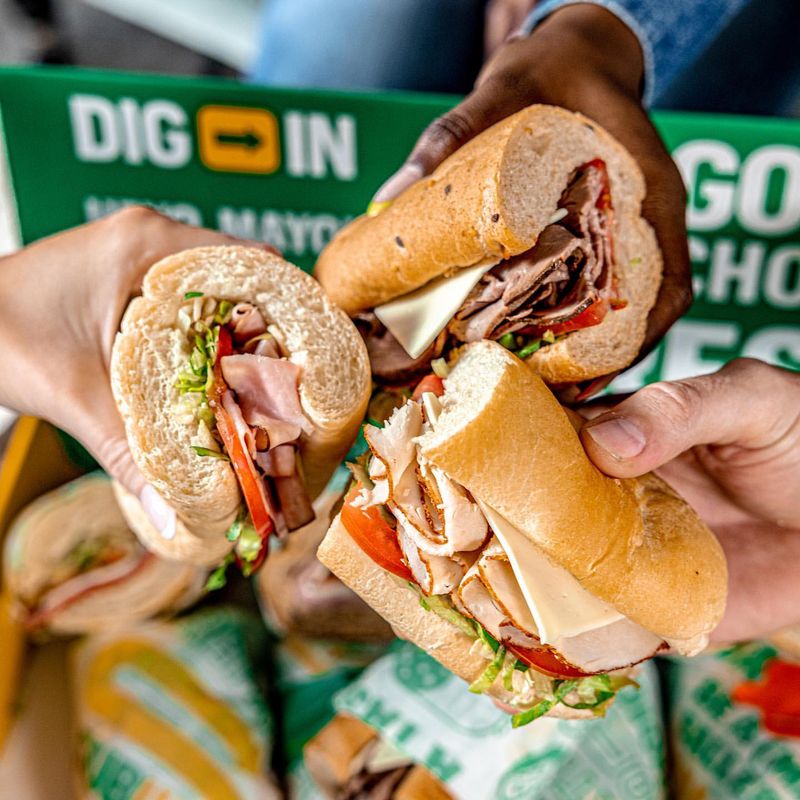
The promise of healthy, customizable sandwiches might sound great, but Subway’s prices often don’t live up to the hype. They talk a big game about fresh ingredients, but when your sub looks like it’s been on a diet, it’s hard not to feel like you’ve been taken for a ride.
The variation in ingredient quality and quantity can lead to experiences that vary greatly between visits. This inconsistency is a common gripe among patrons seeking value in every bite.
Ultimately, when the promise of freshness doesn’t align with the price tag, it challenges Subway’s positioning as the go-to for affordable health-conscious meals. A reassessment of portions and pricing might just be the fresh start it needs.
24. Panera Bread

Panera Bread markets itself as a healthier, upscale fast-food choice. Yet, the premium pricing often exceeds the quality and portion size delivered, leaving diners in a state of culinary confusion.
While the ambiance is undeniably comforting, the dishes sometimes lack the depth and satisfaction expected. The freshness of ingredients, although highlighted, doesn’t always translate to a memorable meal.
For a place promoting artisanal quality, the disconnect between expectation and reality can be stark. It’s the kind of situation that makes you wonder if you’re paying extra for the vibe and not the actual food.
23. Five Guys
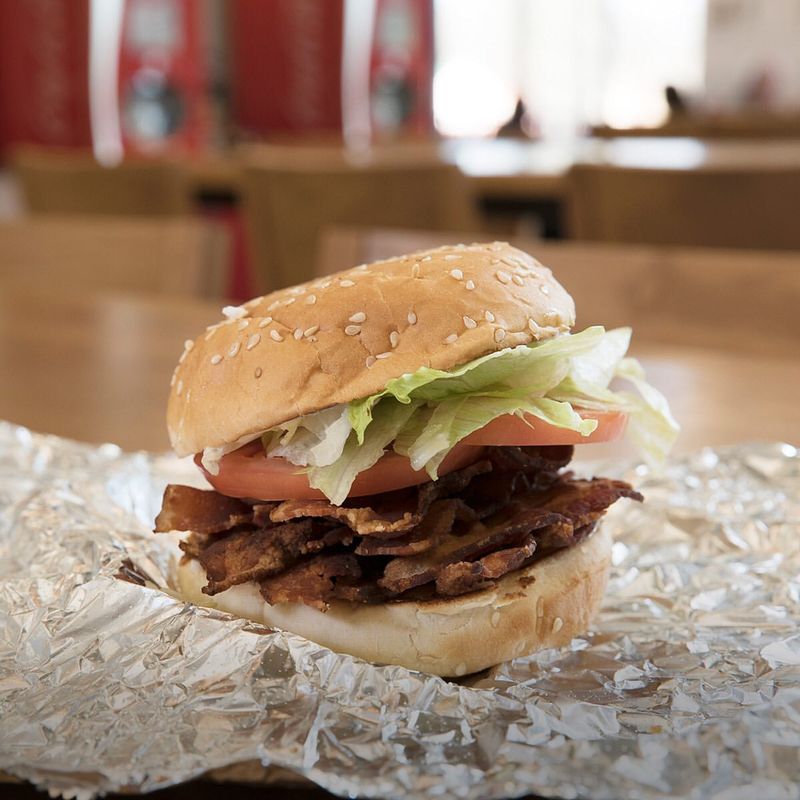
You’d think you’re getting a five-star experience at Five Guys with those fresh burgers and fries, but those premium prices can really mess with your expectations. The burgers are good, no doubt, but when you’re dropping that kind of cash for a fast-food joint, it’s hard not to feel like you’re paying way more than what it’s actually worth
Additionally, the lack of menu diversity might leave some diners craving more variety, a limitation at odds with the price point. The casual atmosphere, while friendly, might not justify the elevated prices for everyone.
In an industry driven by quick satisfaction, Five Guys sometimes finds itself challenged by its pricing strategy, leaving room for reflection.
22. Wingstop

Wingstop, known for its flavorful wings, often carries a price tag that raises eyebrows among wing enthusiasts.
While the variety of flavors is appreciated, the cost sometimes feels excessive, leading diners to question the value against other similar options. The portion sizes can further add to this perception.
For Wingstop to keep its fans flocking back, ensuring that pricing aligns with flavor satisfaction might help maintain its position as a go-to for wing lovers.
21. Chipotle

The whole “fresh” and “sustainable” pitch might sound great, but Chipotle’s prices often make you question if it’s worth it. Sure, the build-your-own burrito thing is cool, but when you’re paying top dollar for a basic meal, it starts to feel like you’re getting charged for the concept, not the content.
The quality, though generally good, sometimes lacks the wow factor that high prices warrant, leaving diners questioning their choices. Portion sizes, once generous, can vary, contributing to inconsistent experiences.
In a landscape where value is pivotal, Chipotle’s pricing strategy might push some loyalists to consider alternatives that offer similar quality without the hefty bill.
20. Shake Shack

Shake Shack, known for its gourmet burgers, often finds its pricing at odds with the fast-food category. While the food is crafted with care, the costs can feel more aligned with a sit-down restaurant, leading to raised eyebrows among patrons.
The burgers and custards might be solid, but those prices are enough to make you rethink your life choices. The upscale vibe sounds fancy, but when the experience doesn’t live up to the hype, it’s hard not to feel like you’re paying for the name and not the quality.
To maintain its allure, Shake Shack might need to reassess its pricing structure to better align with fast-food expectations without compromising quality.
19. Starbucks
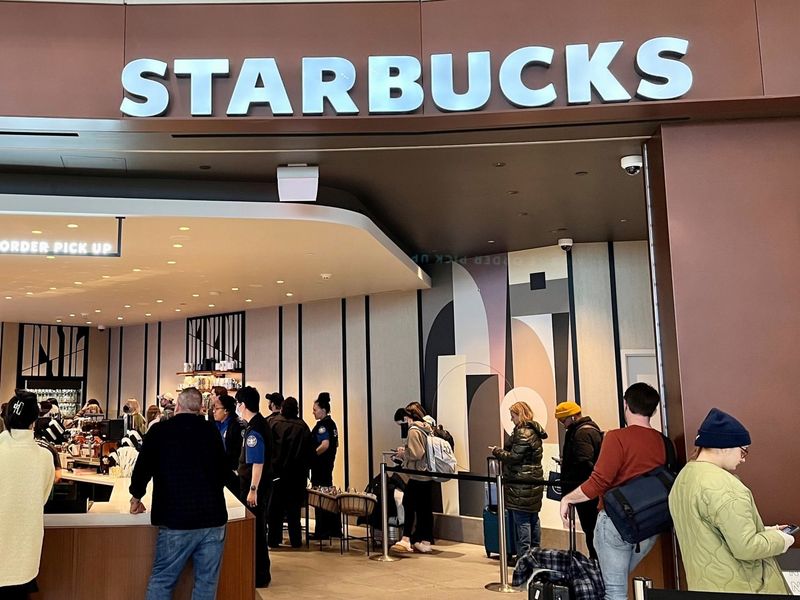
Starbucks, synonymous with premium coffee, has carved a niche in the fast-food industry. Yet, the luxury pricing doesn’t always match the expectation. Amidst the aroma of freshly brewed coffee, one might find the flavors to sometimes lack the depth warranted by the high cost.
The atmosphere, while inviting, often overshadows the actual coffee experience. With prices that suggest exclusivity, one hopes for a cup that captivates the palate, a promise not always kept.
When ambiance and price surpass taste, it leaves a lingering question: Is the brand’s allure more about the culture than the coffee itself? A reflection perhaps worth considering for the ardent coffee lover.
18. Taco Bell
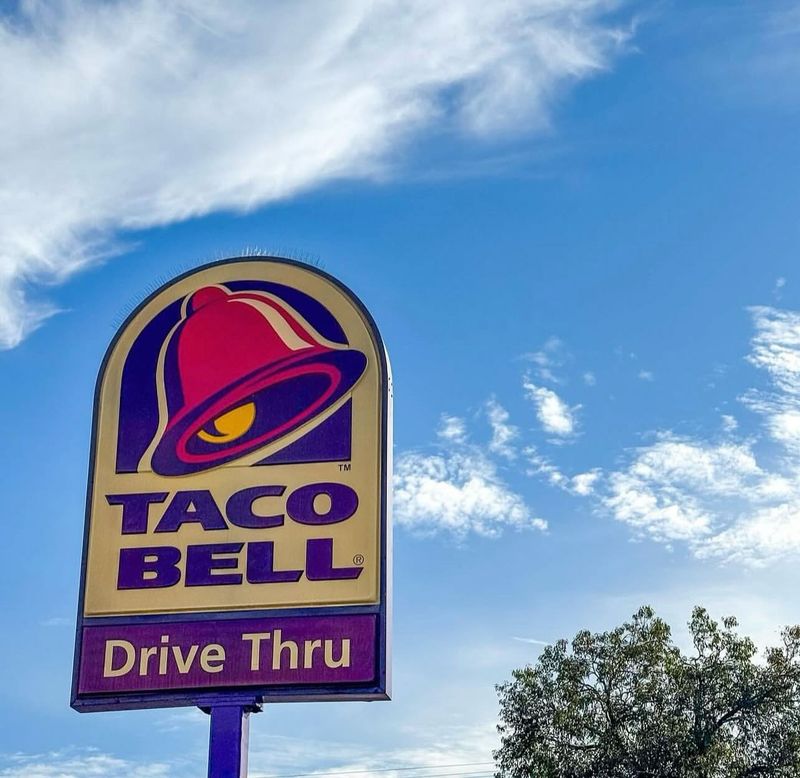
The “innovative” takes on Mexican cuisine might still be there, but Taco Bell’s rising prices are starting to steal the show. Sure, the menu offers variety, but when the cost starts outweighing the value you once loved, you can’t help but feel like you’re paying more for the novelty than the actual meal.
Inconsistencies in preparation can lead to experiences where the taste doesn’t always measure up to the enticing visuals and descriptions. This unpredictability can be frustrating for those expecting a reliable meal.
As prices continue to rise, Taco Bell might need to focus on balancing cost with the quick, satisfying flavors that originally captured its audience’s hearts.
17. Wendy’s
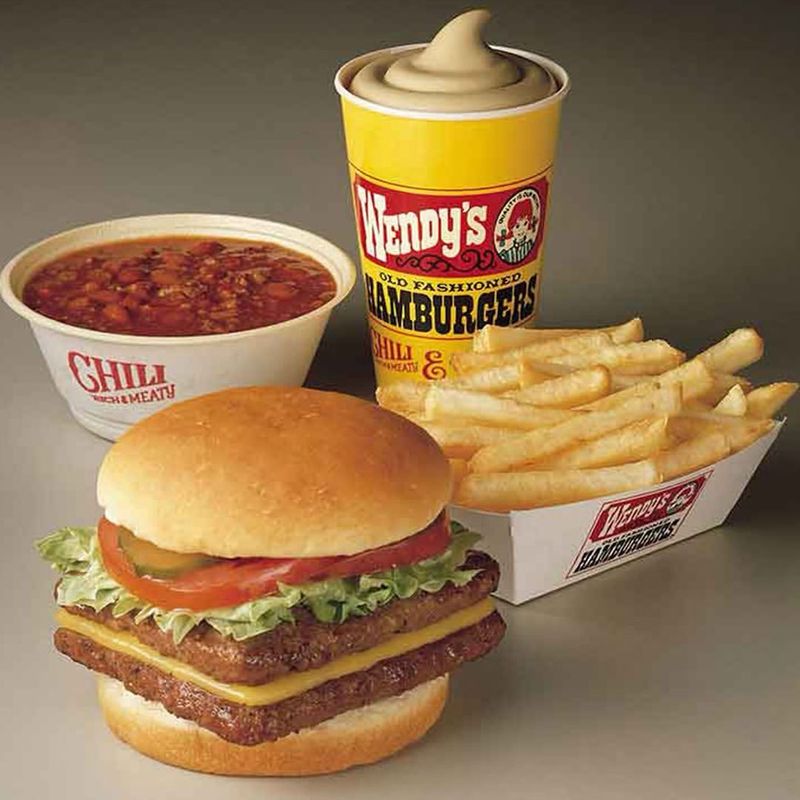
Wendy’s, with its fresh, never frozen beef claim, has positioned itself as a quality-driven competitor. However, the pricing has gradually crept upwards, leading some customers to question the value comparison with rivals.
Although the burgers are generally well-received, side items and beverages sometimes don’t align with the premium charges, leaving an incomplete satisfaction. The disparity between expectation and reality can be notable.
Wendy’s might need to take a long, hard look at its pricing if it wants to stay relevant in today’s fast-food game. With the way things are going, it’s clear that charging premium prices without truly standing out might leave customers questioning if it’s really worth it.
16. Dairy Queen

The nostalgic charm of Dairy Queen’s Blizzards might still pull you in, but those rising prices make you question if it’s worth the splurge. The ice cream’s decent, but when you’re paying extra for fast food, it’s hard not to feel like you’re getting less than what you paid for.
The taste and experience live up to the reputation, yet the cost sometimes exceeds the sweet reward, leaving patrons contemplating the splurge. The limited portion sizes can further add to the dissatisfaction.
For those seeking indulgence without breaking the bank, Dairy Queen’s pricing might prompt a reassessment of its classic approach to ensure it remains a beloved staple.
15. Sonic Drive-In
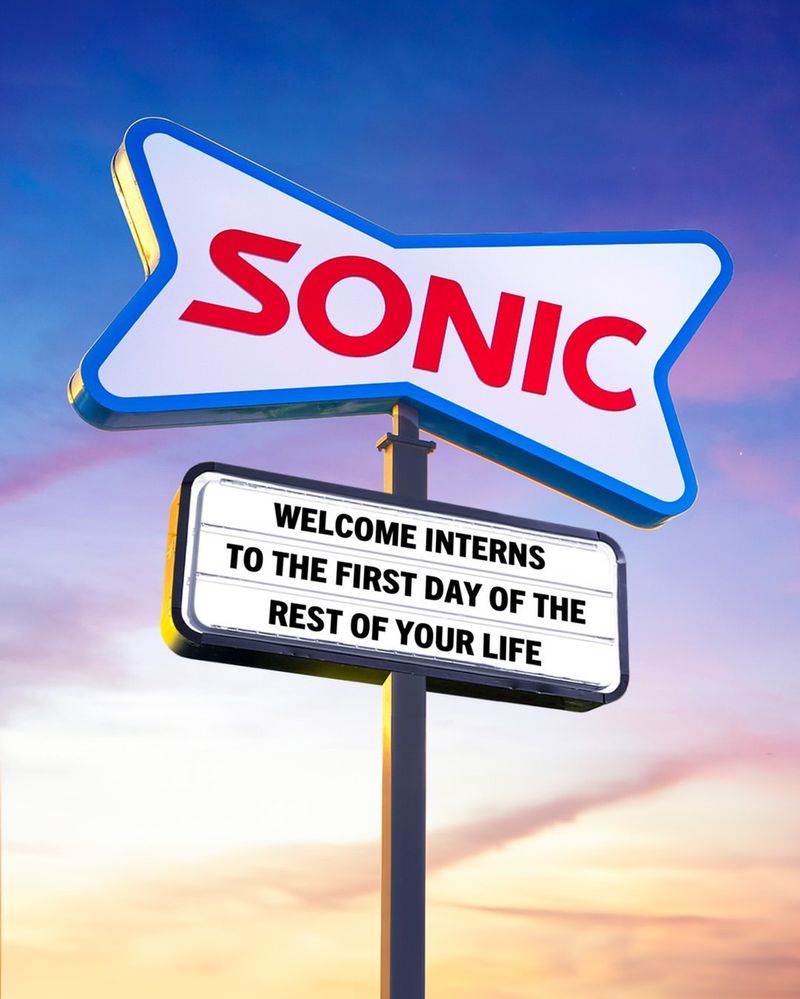
Sonic Drive-In, with its nostalgic carhop service, offers a unique dining experience. However, the prices of its extensive menu sometimes don’t match the nostalgic novelty it promises.
Though the variety is appealing, the execution can vary, leaving diners with mixed feelings about the value. The drive-in charm, though captivating, may not fully justify the elevated costs for the average consumer.
The nostalgic drive-in experience might still be a draw, but Sonic’s prices are starting to overshadow the appeal. The charm is there, but when you’re paying more than you expected for fast food, it’s hard not to feel like you’re paying extra for the vibe, not the value.
14. KFC
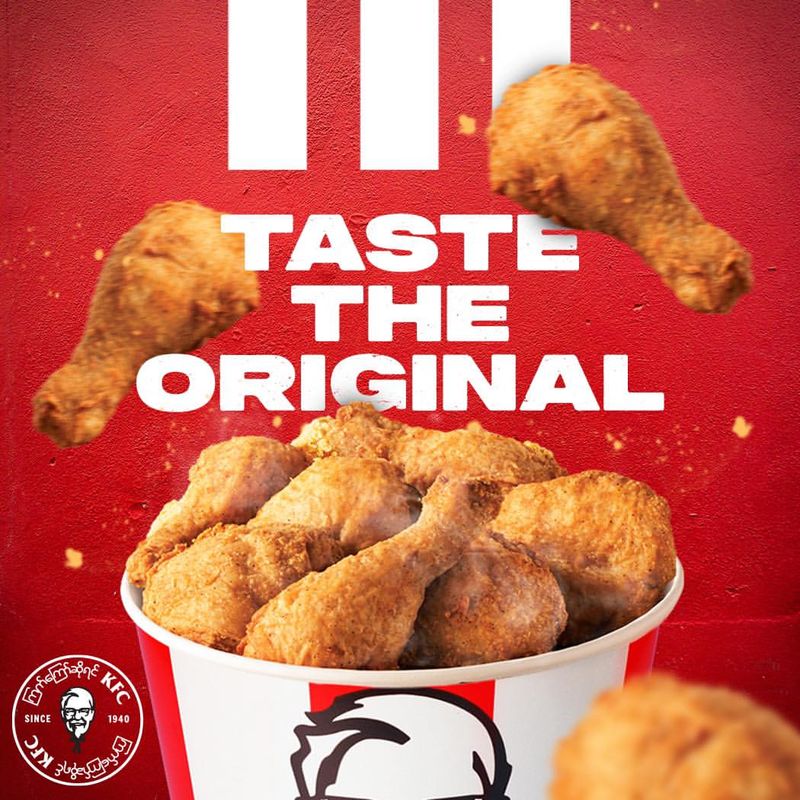
KFC, known for its finger-licking fried chicken, often fails to justify its inflated prices. While the aroma of freshly fried chicken might lure you in, the reality often underwhelms. The portions, once generous, seem to have shrunk significantly over the years, leaving customers questioning the value for their money.
In addition, the inconsistency in seasoning can result in a disappointing dining experience, where the signature blend of herbs and spices is sometimes barely detectable. Though the brand has a historical charm, nostalgia can only stretch so far.
When the cost outweighs the taste, it’s no surprise that many feel KFC no longer delivers the satisfaction it once promised. Perhaps it’s time for this iconic chain to reassess what it means to be a fast-food leader.
13. Arby’s
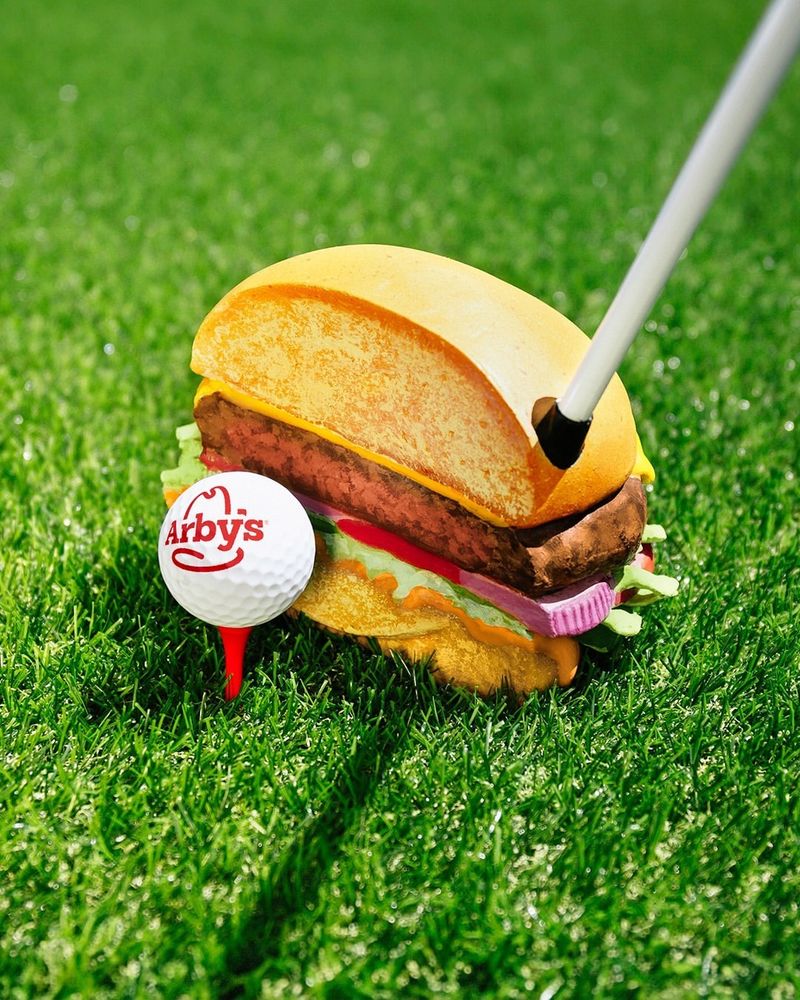
The roast beef might be a standout, but Arby’s prices often make you wonder if it’s really worth the splurge.
The overall quality of the meat is solid, but when the portion sizes don’t match the cost, you’re left thinking you’re shelling out extra for a sandwich and not much else. Side items often amplify this disconnect.
In a market where value is key, Arby’s might need to re-evaluate its pricing to ensure patrons feel they’re getting a hearty meal worth the splurge, rather than a luxury sandwich.
12. Jimmy John’s
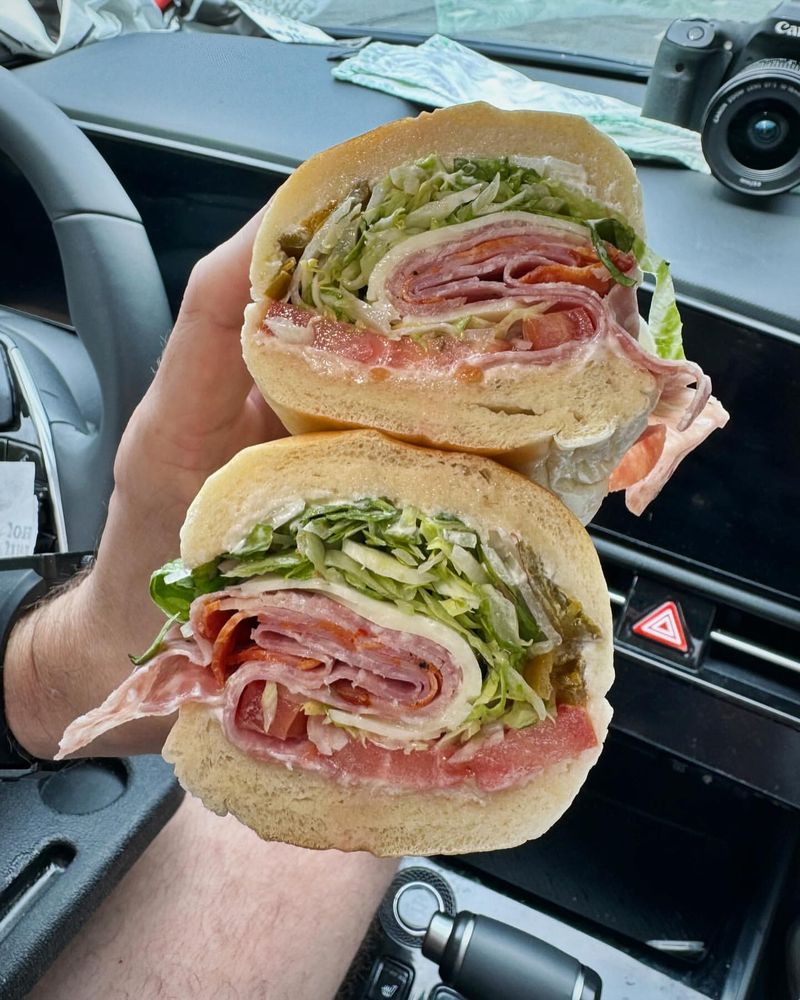
Jimmy John’s prides itself on speedy delivery and fresh ingredients. However, the pricing often feels at odds with the simplicity of its menu offerings.
While the sandwiches are crafted quickly, the cost for basic ingredients can seem excessive, leaving patrons questioning the value of their purchase. The limited customization options further accentuate this perception.
For a brand that markets speed and freshness, aligning its pricing with customer expectations could enhance its competitive edge in the sandwich realm.
11. Dunkin’
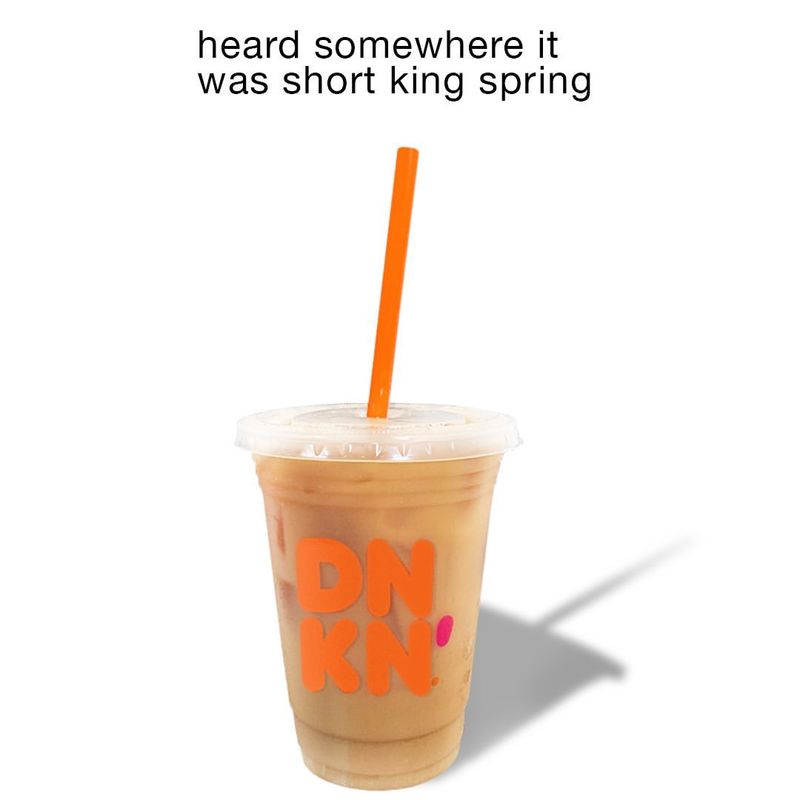
Used to be the go-to spot for a budget-friendly coffee and donut, but now those prices are creeping up and making you rethink your morning routine. The coffee still pulls in the loyal crowd, but when it’s priced the same as those “fancy” cafes, you start questioning if it’s really giving you the bang for your buck.
The donuts are decent, but when you’re paying more for something that’s basically just sugar and dough, it’s tough not to feel a little cheated.
For Dunkin’ to hold onto its fan base, it may need to revisit its pricing strategy to ensure it aligns with the brand’s original promise of accessible indulgence.
10. Panda Express

Panda Express, a favorite for quick Chinese-American fare, has seen its prices grow, sometimes overshadowing the convenience it offers.
The flavors may hit the spot, but the cost can quickly make you question if it’s really worth it, especially when the portion sizes leave you hungry for more. When the freshness of the ingredients is hit-or-miss, it doesn’t exactly help with the whole “value” vibe.
If Panda Express wants to stay a fan favorite, it might want to figure out how to offer more consistent portions and flavors without making you feel like you’re splurging for fast food.
9. Jack in the Box
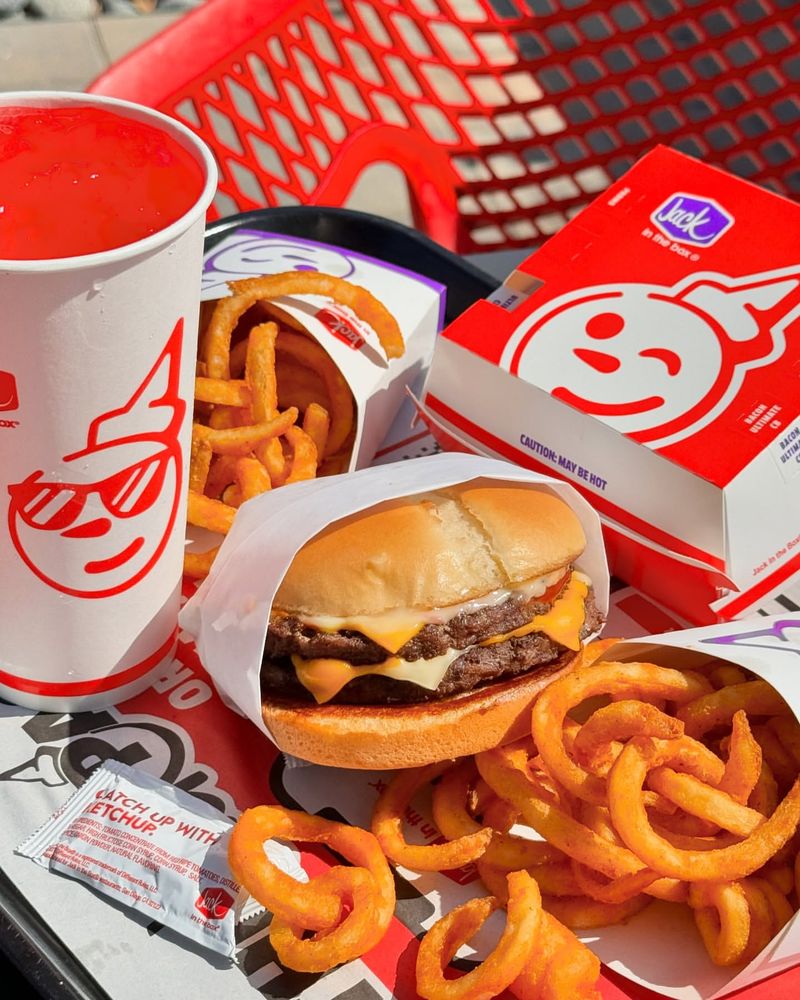
Jack in the Box, with its eclectic menu, often faces the challenge of aligning its pricing with customer expectations. Though the variety is appealing, the prices can sometimes feel steep for the fast-food domain.
While generally acceptable, the quality might not always match the cost, leading to a disconnect between promise and delivery. Special promotions can add confusion to the perceived value.
For Jack in the Box to remain relevant, a pricing strategy that reflects its diverse offerings while ensuring satisfaction could be crucial.
8. Papa John’s
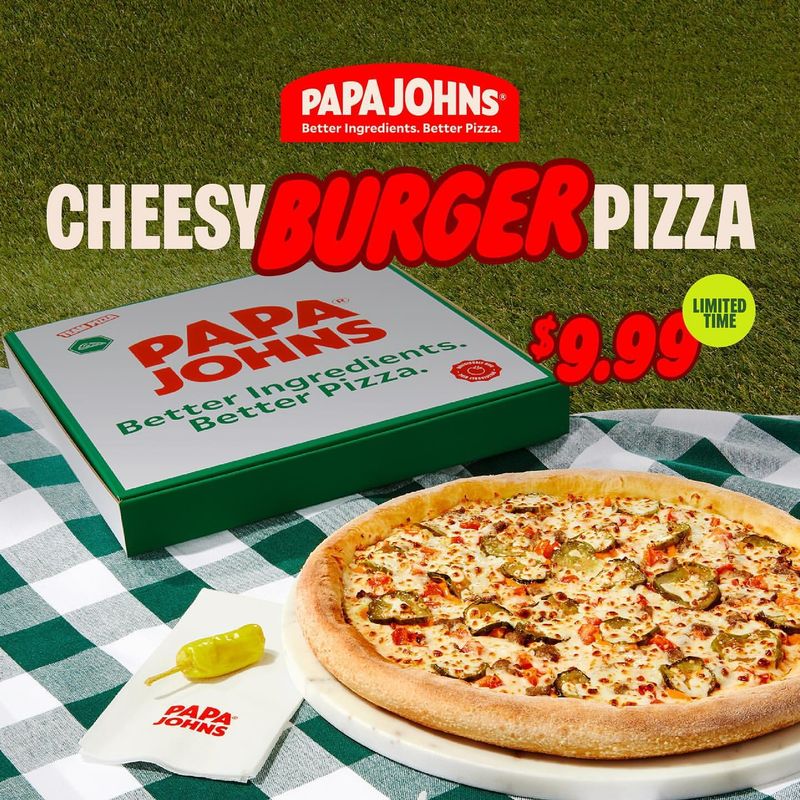
Papa John’s, with its commitment to quality ingredients, often positions itself as a premium choice in the pizza market. However, the prices can sometimes feel out of sync with the fast-food industry’s value expectations.
While the taste generally pleases, the cost might deter frequent visits from budget-conscious pizza lovers. The reliance on specials and coupons highlights this pricing challenge.
To keep enticing loyalists, Papa John’s might need to balance its pricing with the perceived quality and quantity, ensuring every bite feels worth the investment.
7. Krispy Kreme
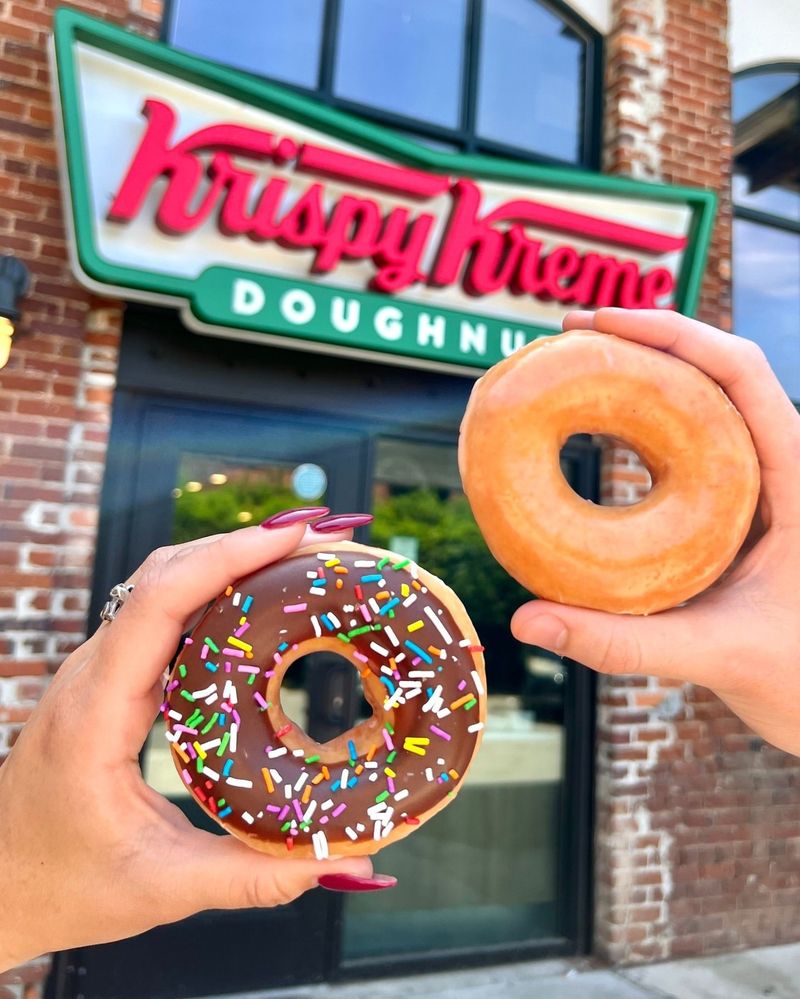
Those glazed donuts might be irresistible, but Krispy Kreme’s prices can make you wonder if you’re paying for gold dust instead of dough.
The donuts are great, but when you’re shelling out that much for something you can probably find at a local shop for less, it leaves you questioning your choices. And with the limited variety, it’s like paying a premium for the same old thing.
If Krispy Kreme wants to keep its crown, it might want to rethink those prices and offer more than just a sugar rush — because right now, you’re paying extra for the name only.
6. Hardee’s
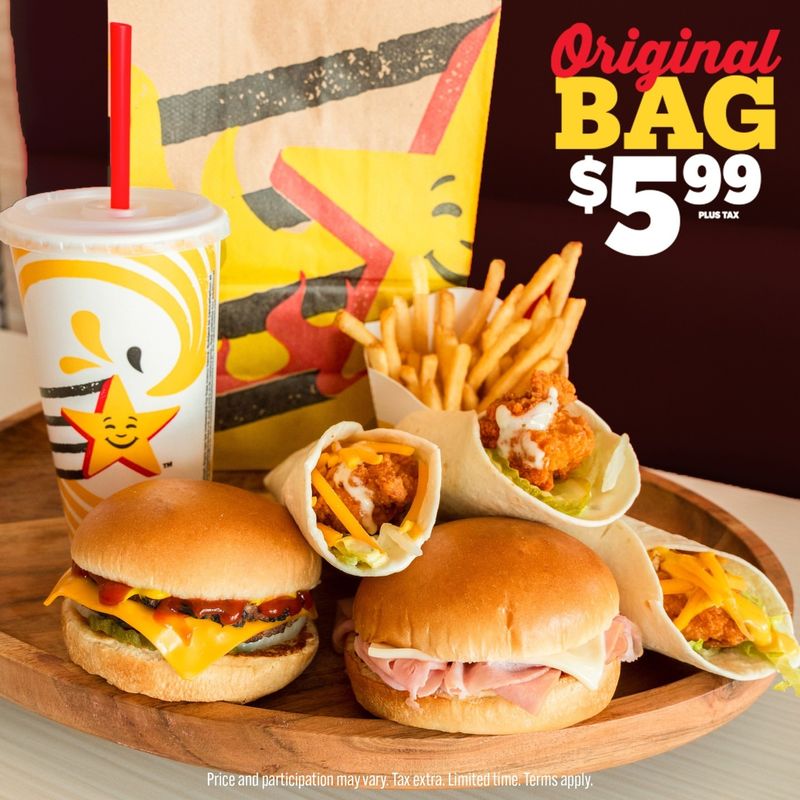
Hardee’s, known for its robust meals, often surprises with its pricing strategy. The large portions are a focal point, yet the cost can feel steep for those expecting a quick, affordable meal.
The quality is generally appreciated, yet the high prices might not always match the expected fast-food value, leaving some diners with mixed feelings. The balance between quality and cost is a frequent topic among patrons.
For Hardee’s to continue satisfying appetites, finding harmony between portion, quality, and price could help sustain its appeal in a competitive market.
5. Little Caesars
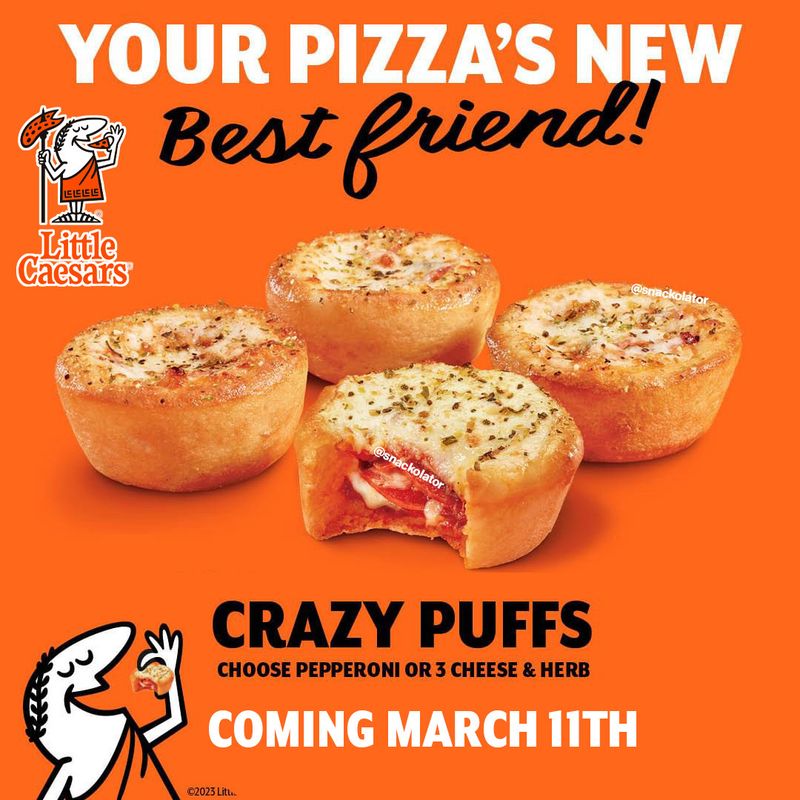
Little Caesars, known for its Hot-N-Ready pizzas, markets itself as a value-driven choice. However, the quality sometimes lags behind the promise of affordability, leading to a clash between price and experience.
While the convenience is unmatched, the taste might not always meet expectations, leaving diners with a choice that feels more about budget than flavor. The limited menu can exacerbate this perception.
To maintain its budget-friendly allure, Little Caesars might need to re-evaluate its recipe for success.
4. Boston Market
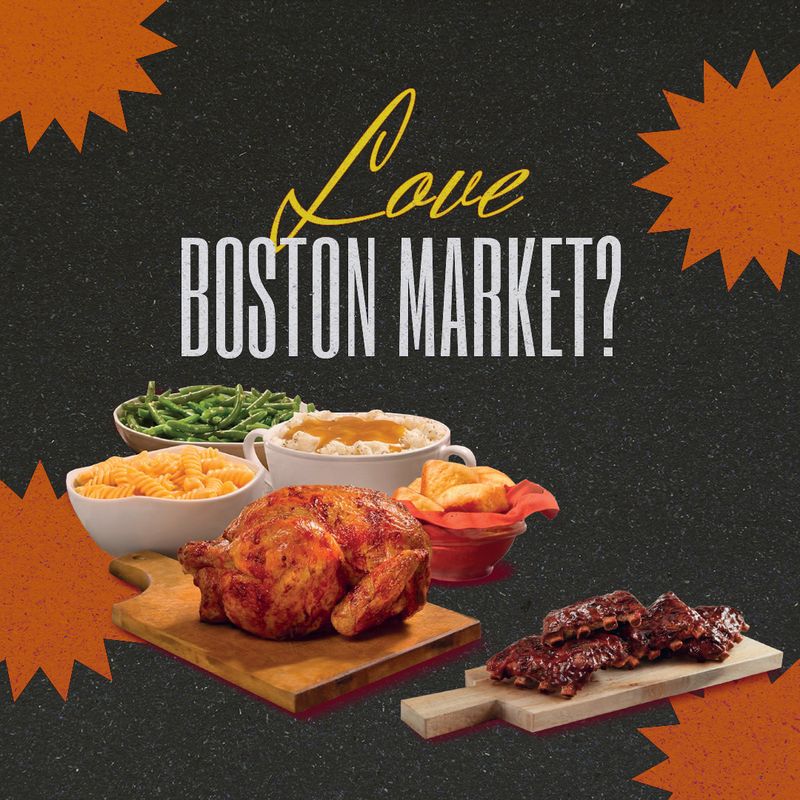
The homestyle meals at Boston Market might bring some comfort, but those prices are more suited for a sit-down restaurant than a fast-food joint. You’re paying for the cozy vibe, but when you realize it’s not really matching up with what you’re getting, this becomes a serious issue.
The cost can overshadow the warmth of the experience, leaving visitors questioning their choice in the first place. The portion sizes sometimes don’t align with the prices.
To continue warming hearts, the Boston needs balancing homestyle comfort with accessible pricing might be key to ensuring its relevance in the fast-food domain.
3. Raising Cane’s

Raising Cane’s, celebrated for its chicken fingers, often charges a premium that feels disproportionate to the simplicity of its menu.
The chicken is typically well-received, but the cost can overshadow the straightforward offering, leaving diners questioning the value of their meal.
To continue delighting its fans, their aligning pricing with its straightforward charm could enhance its position in the fast-food landscape.
2. Burger King

The Whopper may be iconic, but those rising prices are starting to make you wonder if the quality is keeping up. The flame-grilled taste is nice, but when the price hike doesn’t come with any noticeable upgrade, it feels like you’re paying extra for something you’ve been eating for years.
The inconsistency in preparation means that not every visit guarantees satisfaction, leaving some diners with lukewarm experiences that don’t align with the brand’s kingly promises. Furthermore, the sides and beverages often fail to surprise or delight.
In the realm of fast food, where speed and satisfaction should reign supreme, Burger King sometimes finds its crown slipping, challenged by the weight of its own pricing.
1. In-N-Out Burger
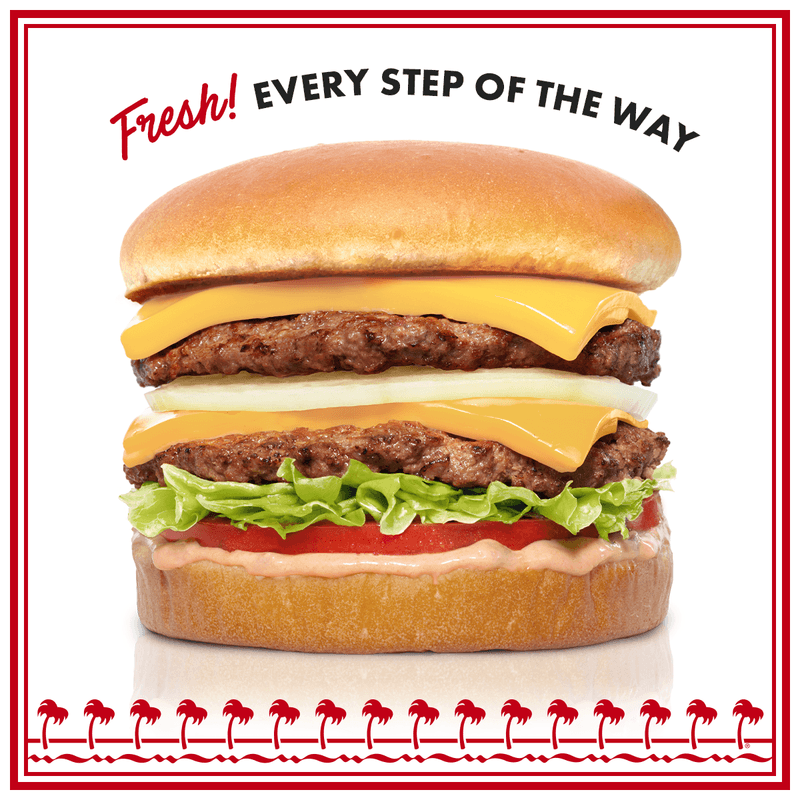
In-N-Out Burger, while often lauded for its quality, occasionally finds its pricing and fast-food positioning at odds.
The burgers are celebrated for their freshness, yet the cost might deter frequent visits from those seeking budget-friendly options. While iconic, their menu might not always justify the premium prices.
For In-N-Out to maintain its cult following, ensuring that each meal feels worth the price could help it continue to shine in the crowded burger arena.

